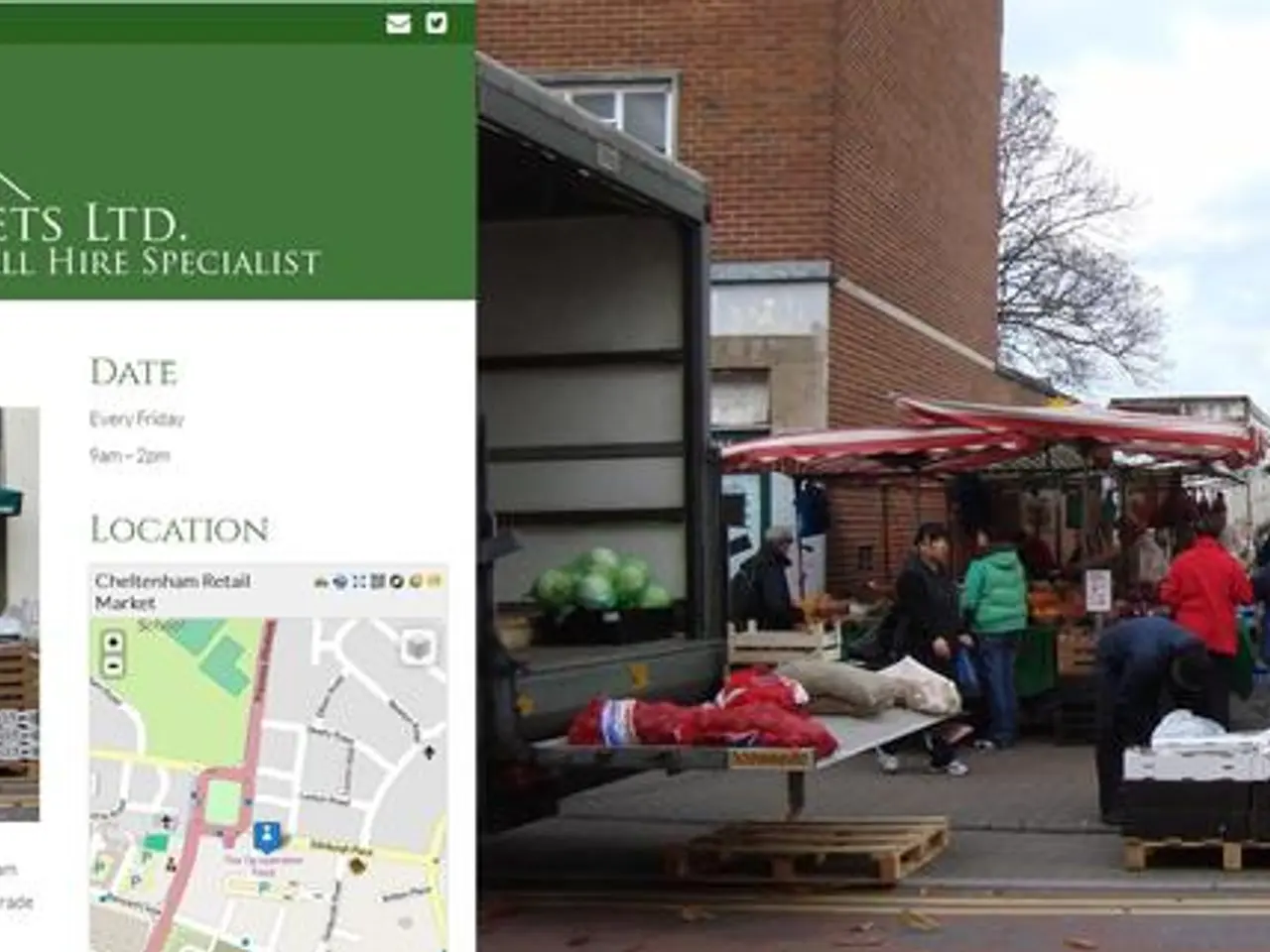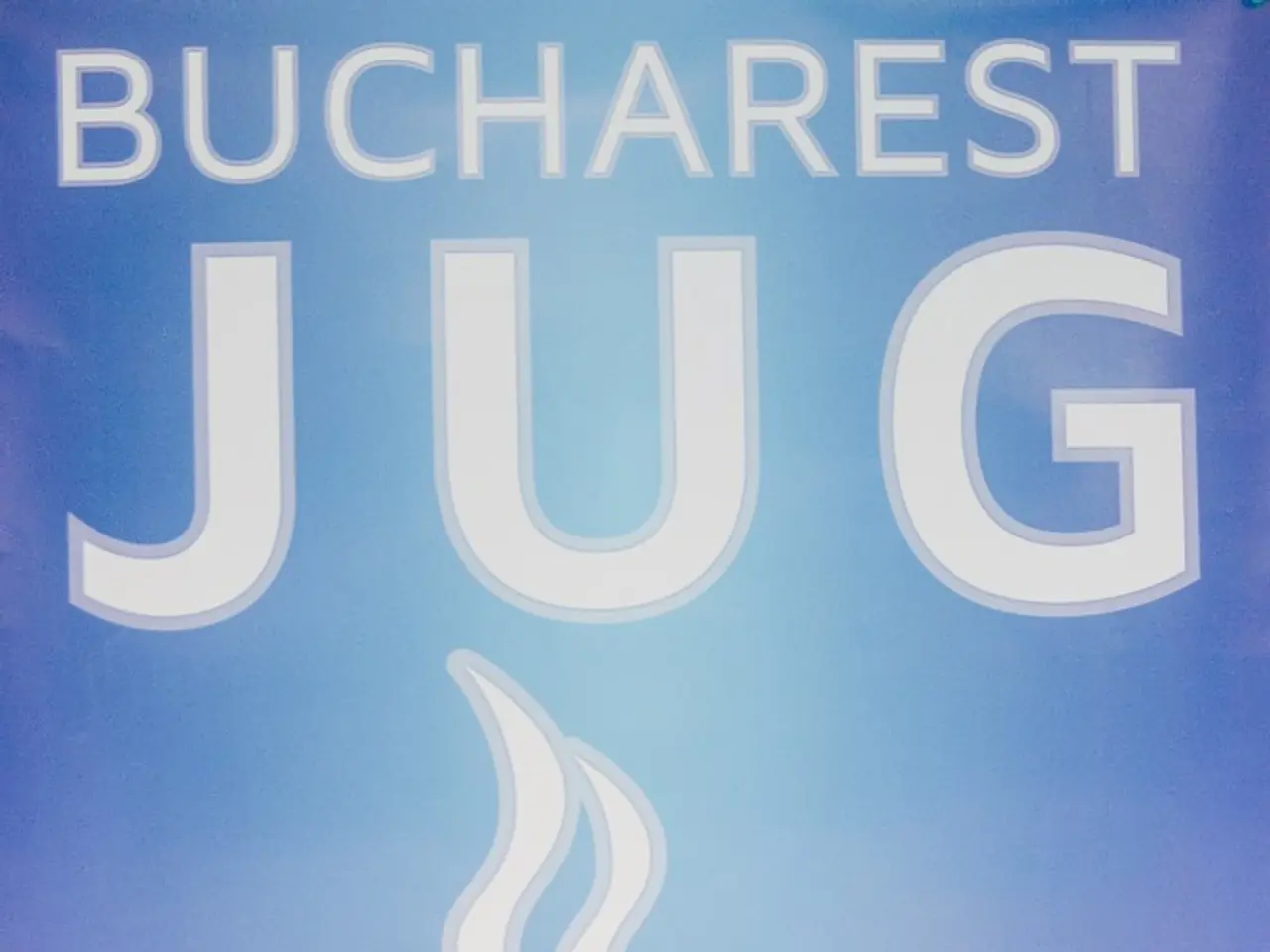Red Robin Dumping 70 Underperforming Restaurants for a Brighter Future
Restaurant chain Red Robin plans to shut down 70 underperforming locations over the next five years as part of a restructuring strategy.
In a bold move designed to increase profitability and streamline operations, Red Robin, everyone's favorite casual dining chain, plans to shut down around 70 of its underperforming locations over the next five years.
The closures will be a gradual process, with a estimated 10 to 15 locations closed in 2025. These struggling restaurants will be axed to free up resources and improve operational focus.
Red Robin's Financial Woes and the Quest for Efficiency
Recent years have been tough on Red Robin, with declining sales and rising costs taking a toll. In its latest financial report, the company revealed a restaurant-level operating loss of $6 million in the previous year. This substantial loss has been a major factor in the decision to reduce the size of its restaurant empire.
The loss was severe enough to knock over two percentage points off the company's overall restaurant-level operating profits, underscoring the strain the underperforming locations have put on Red Robin's bottom line.
The decision to close restaurants is driven by the company's desire to eliminate operational inefficiencies and pare down underperforming assets.
Red Robin's CEO, Paul Murphy, acknowledged in a statement that some locations simply aren't sustainable in their current form.
"These restaurants we're closing have failed to meet expectations aligned with our long-term vision for Red Robin," Murphy stated. "By letting go of these underperforming units, we can focus on growing our star performers and reinvesting in our brand's future."
Red Robin's Closure Strategy
The shuttering of the underperforming restaurants will be a phased process, with approximately 15 locations scheduled to close in 2025 alone. These failing establishments will be systematically closed to free up resources and improve operational focus.
In the past year, Red Robin's overall restaurant-level operating profits were significantly impacted by these underperforming locations, prompting the company to reevaluate its restaurant portfolio.
The closures represent an opportunity to realign resources and reinvest in other areas of the business that show more promise.
Rather than hoarding cash, Red Robin plans to use the money saved from the closures to pay down debt and invest in future growth initiatives.
The company's focus will be on high-performing locations that are better positioned to generate consistent revenue.
Delighting Customers and Expanding Digital Tools
Red Robin's restructuring initiative is about more than just cutting costs. The company is committed to enhancing the customer experience.
Red Robin intends to revamp its menu, improve its digital tools, and make its loyalty program more enticing to drive customer engagement and repeat visits.
Moreover, Red Robin will continue to invest in digital tools like mobile ordering and delivery systems to make dining more convenient for customers, especially as consumer preferences continue to shift towards takeout and delivery options.
The Path Forward for Red Robin
Red Robin remains hopeful about the future, with the company's management determined to focus on the strength of its core offerings while gradually discarding locations that no longer meet the mark.
In addition to minimizing its physical presence, Red Robin is investing in innovation to keep its offerings fresh and competitive within the casual dining market.
Red Robin is also adapting to the rapidly changing dining landscape by making strategic efforts to stay relevant in the crowded dining market.
"We recognize that to remain competitive, we must evolve with our customers' needs," said Murphy. "To that end, we're committed to enhancing our menu and utilizing technology to create a more enjoyable dining experience for our guests."
The Implications for Employees and Local Communities
Although the closures may negatively impact employees and communities, Red Robin has pledged to help those affected by the shutdowns. Specifics about severance packages and relocation opportunities are yet to be revealed.
In communities where Red Robin is a familiar brand, the closures could disrupt local economies, particularly in areas where the chain has been a long-standing dining option. While the company is shifting its focus to more profitable areas, it acknowledges the impact the closures might have on its brand image in these regions.
In Sum
By shedding 70 underperforming restaurants, Red Robin aims to address financial challenges and streamline operations. By focusing on its strongest locations and reinvesting in growth initiatives, the company hopes to improve overall profitability and operational efficiency.
As Red Robin moves forward with its restructuring plan, the company continues to innovate to keep its offerings fresh and competitive in the casual dining industry. While the closures represent a difficult step, they are seen as a necessary measure for the company's long-term sustainability and success in a hypercompetitive dining market.
Stay tuned for updates on Red Robin's restructuring efforts and other industry news in our ongoing coverage.
Additional Reading
- Dell Stock Dips Despite Beating Estimates: Mixed Outlook Causes Concern
- PepsiCo's Closures: Cutting Costs or a Market Shift?
- Red Robin's plan to shut down underperforming restaurants is a strategy to enhance profitability and streamline operations, focusing on high-performing locations.
- The company's restructuring initiative includes enhancing customer experience, revamping menus, improving digital tools, and making the loyalty program more enticing.
- In the pursuit of operational efficiency, Red Robin will invest in digital tools such as mobile ordering and delivery systems to cater to the growing preference for takeout and delivery options.
- The company's focus on innovation and technology will enable it to adapt to the rapidly changing dining landscape and remain competitive in the casual dining market.
- Africa, as a developing market, offers opportunities for sustainable business growth in the logistics and delivery industry, with digital tools playing a significant role.
- As Red Robin partners with African businesses, it can potentially contribute to the growth and modernization of the market, while also benefiting from the potential for increased imports and financial gains.




